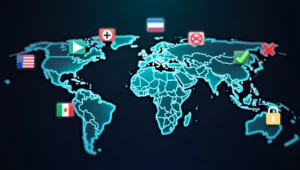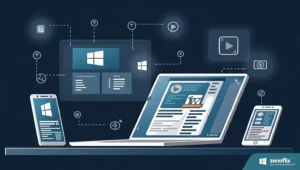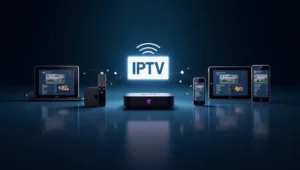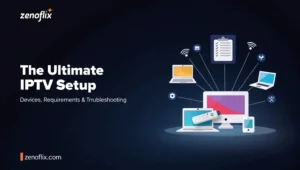In today’s digital streaming landscape, Internet Protocol Television (IPTV) has revolutionized how we consume media content. Whether you’re looking to record your favorite shows, set up your own server, or resolve persistent buffering issues, this comprehensive guide covers everything you need to know about managing and optimizing your IPTV experience.
Understanding IPTV Technology
IPTV delivers television content through internet protocols rather than traditional satellite or cable formats. This technology enables viewers to access a vast array of channels and on-demand content through internet-connected devices. Before diving into advanced topics, it’s essential to understand the foundational elements that make IPTV distinct from conventional broadcasting methods.
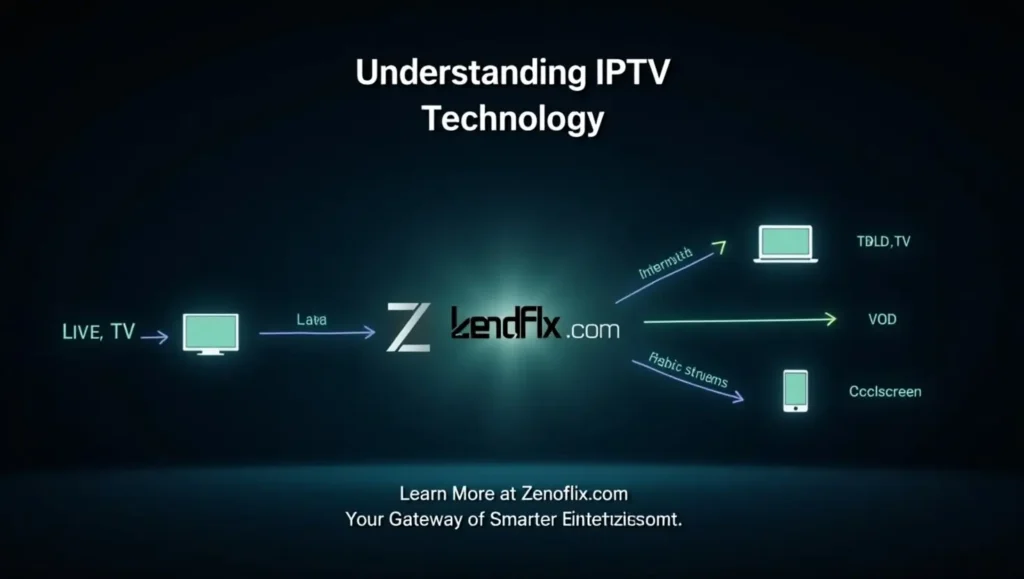
What Is the Difference Between IPTV and OTT?
While often confused, IPTV and OTT (Over-The-Top) services operate on different principles:
- IPTV (Internet Protocol Television) typically delivers content through a dedicated, managed network infrastructure, often provided by telecommunication companies. This controlled environment ensures consistent quality and reliability, using specific protocols designed for television distribution.
- OTT (Over-The-Top) services deliver content directly over the open internet without requiring users to subscribe to traditional cable or satellite platforms. Netflix, Amazon Prime, and Disney+ are prime examples of OTT services that transmit content via standard internet connections.
The key differences include:
- Network Management: IPTV uses managed networks specifically optimized for video delivery, while OTT utilizes the public internet.
- Hardware Requirements: IPTV often requires specialized equipment like set-top boxes, whereas OTT services can run on various consumer devices.
- Content Delivery: IPTV typically delivers live TV channels with scheduled programming, while OTT platforms generally focus on on-demand content libraries.
- Geographical Restrictions: IPTV services are usually regionally bound, while many OTT services offer global accessibility (with regional catalogs).
How to Record IPTV Content
Recording your favorite IPTV content allows you to build a personal media library and watch shows at your convenience. Several methods exist for capturing IPTV streams effectively.
Basic IPTV Recording Methods
To record IPTV content, you’ll need:
- IPTV Subscription: Ensure your service provider allows recording functionality.
- Compatible Device: Most modern IPTV boxes support recording features, especially those running Android TV or custom firmware.
- Storage Solution: External hard drives or high-capacity USB flash drives provide necessary storage space for recordings.
The standard recording process typically involves:
- Navigate to the program guide on your IPTV interface
- Select the desired program
- Choose the record option
- Confirm storage location
- Set recording duration if necessary
How to Record IPTV on Plex
Plex offers a sophisticated solution for recording and organizing IPTV content. Here’s a detailed process:
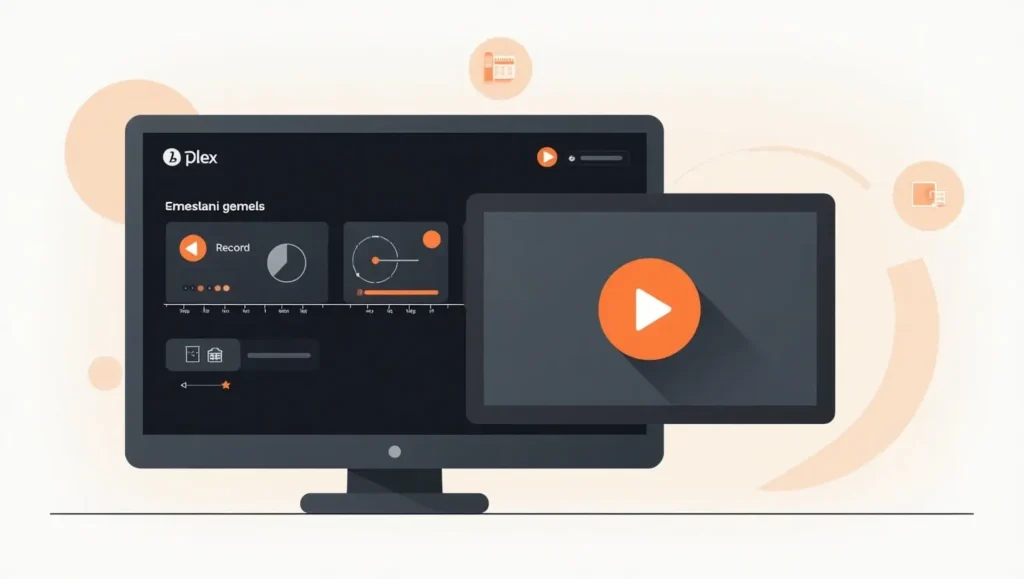
- Set Up Plex Media Server:
- Install Plex Media Server on your preferred device (computer, NAS, or compatible server hardware)
- Create a Plex account and complete the initial server configuration
- Add IPTV as a Source:
- Navigate to Settings > Live TV & DVR
- Click “Set Up” or “Add Device”
- Select “M3U Tuner Device” as your source type
- Configure Your IPTV Source:
- Enter your IPTV playlist URL (usually in M3U format)
- Add EPG (Electronic Program Guide) URL if available
- Complete the setup process by mapping channels
- Recording Configuration:
- Set up recording preferences including quality settings and storage locations
- Configure automatic commercial skipping if desired
- Establish retention policies based on your storage capacity
- Schedule Recordings:
- Browse the program guide
- Select shows or movies to record
- Choose between one-time or series recordings
- Set pre-roll and post-roll times to avoid missing content
The advantage of recording IPTV through Plex includes centralized media management, automatic metadata retrieval, and multi-device playback options. Additionally, Plex’s transcoding capabilities ensure your recordings can be played on virtually any device.
Creating Your Own IPTV Server
Building a personal IPTV server provides maximum control over your content distribution and viewing experience.
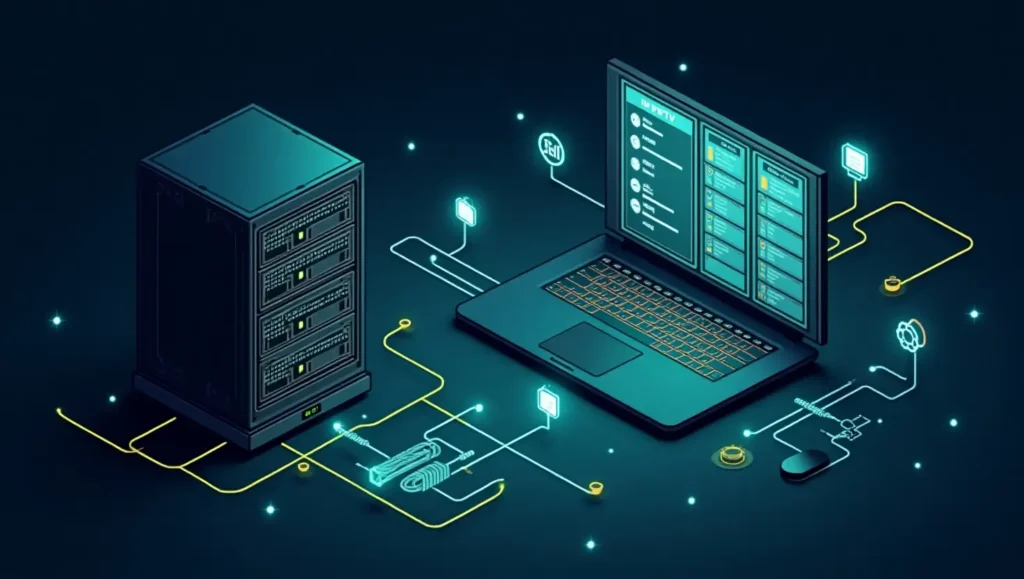
How to Create IPTV Server
Creating an IPTV server involves several technical steps:
- Hardware Requirements:
- Dedicated server or high-performance computer with adequate processing power
- Substantial storage capacity for content (minimum 1TB recommended)
- Reliable high-speed internet connection (ideally 100+ Mbps upload)
- Optional: Capture cards for incorporating live TV sources
- Server Software Selection:
- Streaming server software (e.g., Nimble Streamer, Wowza, or Ant Media Server)
- Content management system
- Stream encoding software
- Basic Setup Process:
- Install server operating system (Linux distributions like Ubuntu Server are popular choices)
- Configure network settings for optimal performance
- Install and configure streaming server software
- Set up content storage and organization structure
- Content Acquisition and Management:
- Legally source content for your server
- Organize media files in a structured database
- Set up automated content updating mechanisms
- Implement metadata management systems
- Stream Generation:
- Configure encoders for various quality levels
- Create streaming endpoints
- Generate and manage playlist files
How to Build IPTV Server for Personal Use
For personal use, a simplified IPTV server might include:
- Using Pre-Built Solutions:
- TVHeadend on a Raspberry Pi
- Jellyfin with IPTV plugins
- Emby with live TV components
- Configure Network Access:
- Set up port forwarding on your router
- Implement secure access methods like VPN
- Configure dynamic DNS if your IP address changes frequently
- Client Access Setup:
- Generate M3U playlists for your content
- Create EPG data sources
- Configure client applications on viewing devices
Remember that when building an IPTV server, ensuring proper licensing for all content is essential to remain compliant with copyright laws.
How to Start IPTV Business
Establishing an IPTV business requires careful planning and adherence to legal requirements.
Key Considerations for IPTV Business Development
- Legal Compliance:
- Obtain proper licensing agreements with content providers
- Understand and adhere to broadcasting regulations in target markets
- Implement content protection mechanisms
- Technical Infrastructure:
- Professional-grade servers with redundancy
- Content Delivery Network (CDN) integration
- Load balancing and failover systems
- Monitoring and analytics tools
- Business Model Development:
- Subscription tiers and pricing strategy
- Payment processing systems
- Customer support infrastructure
- Marketing and user acquisition planning
- Content Acquisition Strategy:
- Direct partnerships with content creators
- Licensing agreements with distributors
- Original content production plans
- Platform Development:
- Custom applications for various devices
- User-friendly interfaces
- Advanced features like cloud DVR and multi-screen viewing
How to Make Your Own IPTV Service
For those interested in creating a personal IPTV solution rather than a commercial service:
- Home Media Server Setup:
- Configure a dedicated computer with media server software
- Install tuner cards or network tuners for capturing live TV
- Set up storage arrays for recorded content
- Streaming Software Implementation:
- Configure FFmpeg for transcoding
- Implement streaming protocols (HLS, RTMP, etc.)
- Create EPG data sources
- Client Access Configuration:
- Generate access credentials
- Create and distribute M3U playlists
- Configure remote access
Troubleshooting IPTV Issues
Even well-configured IPTV systems encounter problems. Understanding how to diagnose and resolve these issues is essential.
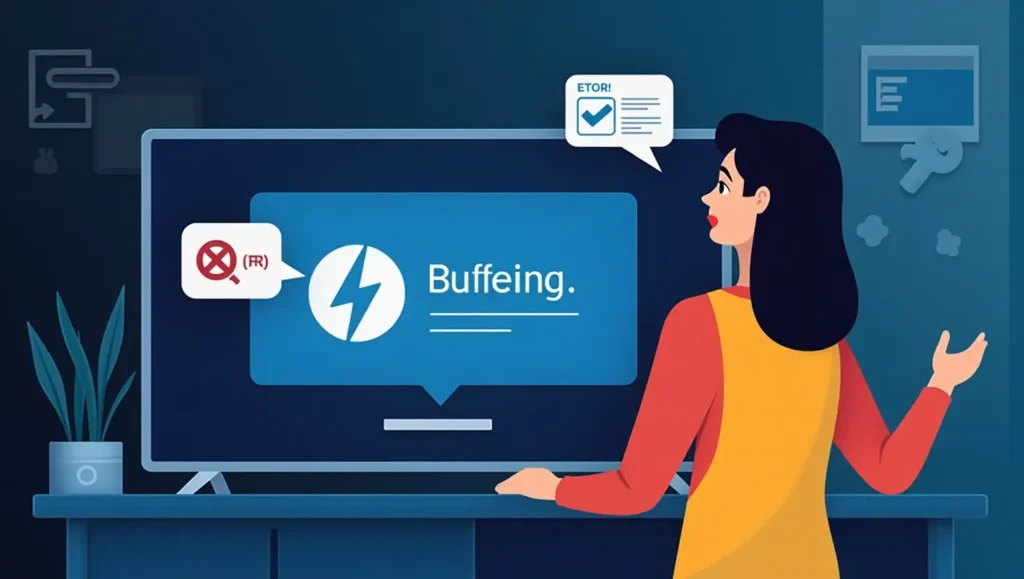
Why Does My IPTV Keep Buffering?
Buffering is one of the most common IPTV issues. Several factors can contribute to this problem:
- Network Limitations:
- Insufficient bandwidth for selected stream quality
- Network congestion during peak usage times
- ISP throttling of video streaming traffic
- WiFi interference or signal degradation
- Server-Side Issues:
- Overloaded IPTV service providers
- Inadequate server resources
- Geographical distance from content servers
- Poor CDN implementation
- Client Device Problems:
- Insufficient processing power
- Limited device memory
- Outdated hardware
- Software conflicts
How to Fix IPTV Buffering
Implement these proven solutions to resolve buffering problems:
- Network Optimization:
- Upgrade internet connection speed
- Switch from WiFi to wired Ethernet connections
- Implement Quality of Service (QoS) settings on your router
- Use a VPN to bypass ISP throttling
- Device Configuration:
- Clear cache on IPTV applications
- Update device firmware and application software
- Close background applications consuming resources
- Restart devices regularly
- Content Delivery Adjustments:
- Reduce streaming quality during peak usage times
- Use IPTV players with buffer adjustment settings
- Try alternative IPTV applications with better optimization
- Implement local caching solutions where possible
- Service Provider Solutions:
- Switch to premium service tiers with better infrastructure
- Select providers with servers geographically closer to your location
- Use services that offer adaptive bitrate streaming
Frequently Asked Questions
Can I legally record IPTV content?
Recording IPTV content for personal use is generally permitted, similar to traditional DVR recording. However, distributing recorded content to others may violate terms of service and copyright laws.
What equipment do I need to start my own IPTV server?
At minimum, you’ll need a dedicated computer with sufficient processing power, storage capacity, and a reliable high-speed internet connection. Additional hardware might include capture cards for incorporating live TV sources.
Is a VPN necessary for IPTV?
While not strictly necessary, a VPN can improve IPTV performance by preventing ISP throttling and providing access to geo-restricted content. It also adds a layer of privacy to your streaming activities.
How much bandwidth does IPTV require?
Standard definition streams require 3-4 Mbps, HD content needs 5-8 Mbps, and 4K streams demand 25+ Mbps of consistent bandwidth for smooth playback.
Can I watch IPTV on multiple devices simultaneously?
This depends on your IPTV service provider’s policies and your subscription tier. Many services offer multi-connection options allowing simultaneous viewing on several devices.
What’s the difference between free and paid IPTV services?
Paid services typically offer better reliability, higher stream quality, more extensive channel selections, customer support, and legal compliance. Free services often struggle with inconsistent performance and may raise legal concerns.
By implementing the techniques and solutions described in this guide, you can optimize your IPTV experience, whether you’re simply recording content, building a personal server, or resolving persistent technical issues. Remember that proper configuration and regular maintenance are key to enjoying uninterrupted IPTV service.

